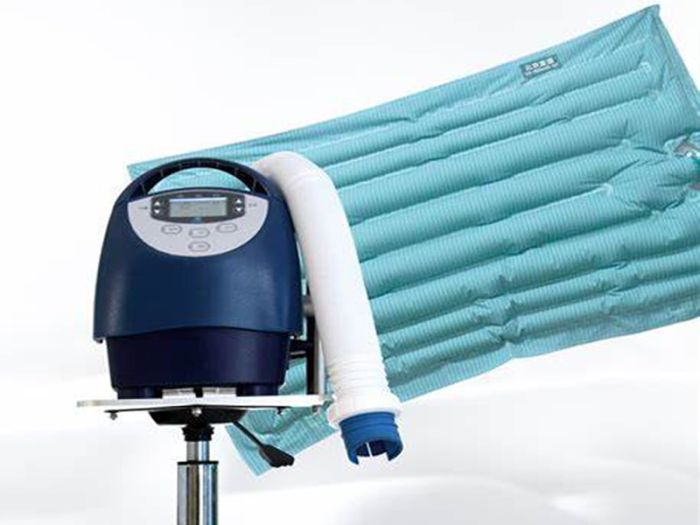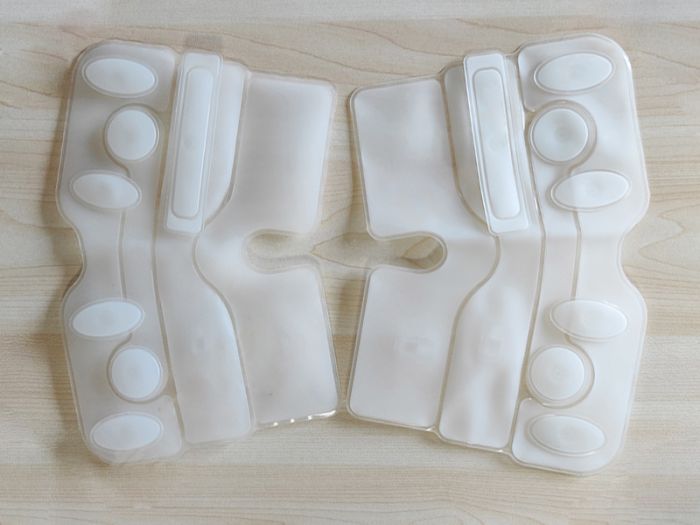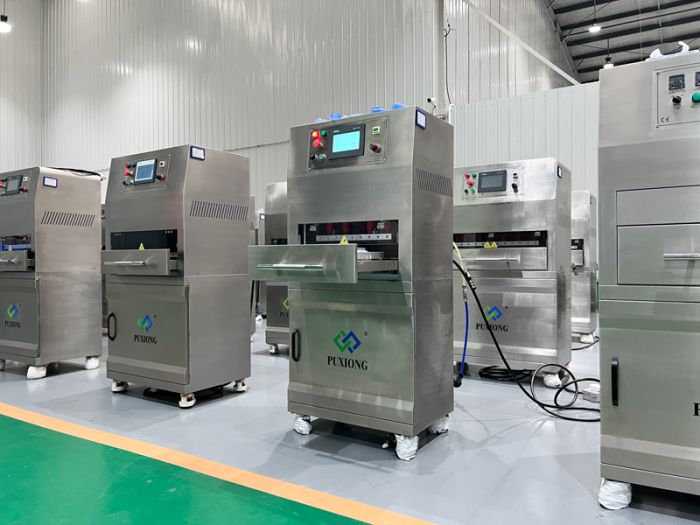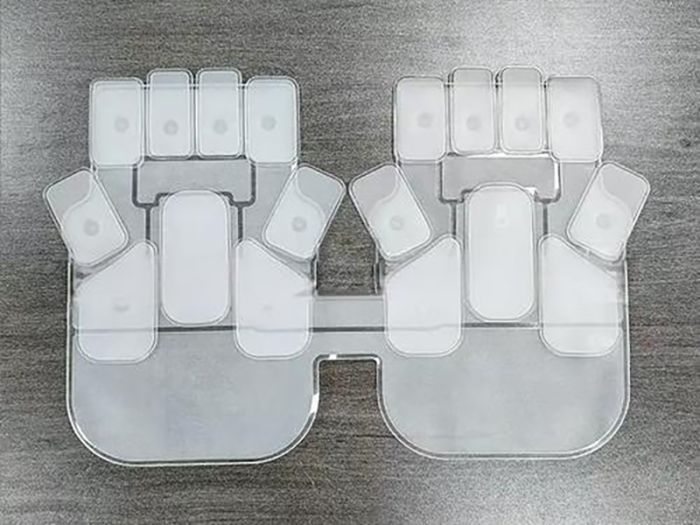Can surgical inflatable warming blankets be continuously produced
Surgical inflatable warming blankets can be continuously produced. The following is an analysis from aspects such as production conditions and process characteristics:

I. Production Conditions Support Continuous Manufacturing
Automation Level of Equipment:
Modern inflatable warming blanket production lines are typically equipped with high-precision heat sealing machines, intelligent temperature control systems, and automated cutting equipment, enabling 24/7 uninterrupted operation. For example, core machines can operate continuously with features such as over-temperature alarms and heater plate lifespan alerts to ensure equipment stability.
Material Supply and Process Compatibility:
Key materials (e.g., TPU film, polyester fabric) can be procured in bulk, and heat sealing processes (e.g., pulse heat sealing, segmented heat sealing) have been standardized to support large-scale continuous production.
II. Process Characteristics Suited for Continuous Operations
Modular Design:
The structure of warming blankets is divided into modules such as inflatable chambers and airflow channels. These modules are produced independently and assembled later, minimizing production interruptions. For instance, four-layer films are bonded via intermittent adhesive points, ensuring clear process flows for streamlined assembly line operations.
In-Line Inspection and Quality Control:
AI-powered visual inspection systems enable real-time monitoring of heat seal quality (e.g., heat seal width, sealing integrity) to maintain product compliance during continuous production. For example, after optimizing parameters through Design of Experiments (DOE), the rejection rate can be reduced to below 2%.
III. Production Efficiency and Cost Management
Balancing Output and Costs:
A single production line can achieve a daily output of 500–800 units. Continuous production helps amortize fixed costs (e.g., equipment depreciation, labor). For instance, adopting co-extrusion molding enables multilayer materials to be heat-sealed in a single step, reducing process time.
Market Demand-Driven Production:
High demand from surgical suites, ICUs, and other settings necessitates rapid order fulfillment. For example, manufacturers serving regional distributors must ensure stable supply chains through continuous production.
IV. Challenges and Mitigation Strategies
Equipment Maintenance and Downtime Risks:
Risk: Continuous operation may lead to overheating or wear and tear.
Solution: Implement routine maintenance (e.g., daily heat sealer cleaning, monthly heater plate replacement) to minimize breakdowns.
Quality Fluctuation Risks:
Risk: Prolonged operation may cause parameter drift (e.g., temperature fluctuations of ±1°C).
Solution: Install real-time feedback systems to dynamically adjust process parameters.



